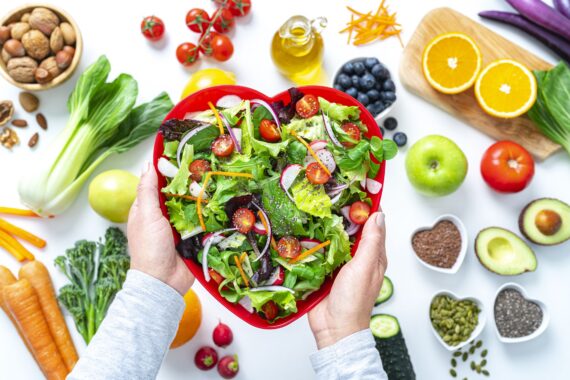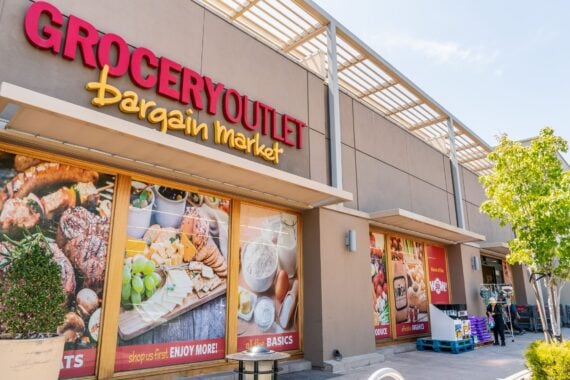From clipping coupons to using cash-back apps to knowing which items to avoid, shoppers employ many tactics to reduce grocery bills. With an ever-growing array of tempting foods to impulsively add to a shopping cart, learning tips and tricks to streamline your shopping experience is essential to maintaining a healthy budget. These 50 practices will help keep the cost of groceries in check.Related: Pantry and Freezer Staples Worth Buying in Bulk
Combine Coupons

Visiting brand websites or online coupon aggregators can be a quick way to find deals and discounts on specific products. Many of these coupons can be used alongside store coupons, boosting overall savings.
Related: Secrets for Shopping at Kroger
Plan Weekly Menus Around Sale Ads

Most grocery stores have weekly circulars that advertise items on sale. Reduce the cost of each shopping trip by using the ads to plan menus and build a shopping list around low-cost items.
Related: 55 Big-Batch Meals to Eat All Week
Visit Supermarket Websites

Some supermarket websites offer deals and coupons that don’t appear in the weekly circulars. Visiting the website takes only a few minutes and can result in deeper discounts from places you already shop.
For more money-saving tips, please sign up for our free newsletters.
Make Friends With the Manager

When advertised sale items are out of stock or unavailable, store managers can authorize discounts on comparable products, so it pays to get to know them. Friendly store managers can also help steer shoppers to the best deals.
Plan Meals Using Cheap Produce

Designing dishes based on the cheapest produce available is kind of like a personal “Iron Chef” or “Chopped” challenge. It can help reduce spending while encouraging creativity and ensuring nutritious meals.
Trending on Cheapism
Use Frozen Foods

Frozen foods last longer and are generally cheaper than fresh foods. Confine fresh foods to uncooked dishes such as salads, and look to their frozen counterparts when the ingredients will be cooked in dishes such as soups, lasagna, and pies.
Stock Up When Staples Are on Sale

Go through supermarket ads each week in search of items you use regularly, and load up on those staples while they’re on sale. In addition to shelf-stable foods and household goods, stock up on discounted produce and meats that can be canned or frozen for later.
Buy Larger Containers

Buying items in bulk typically reduces the unit price and the need for additional trips to the store. Buying one large container, instead of several smaller ones over time, also cuts down on garbage.
Sign up for our newsletter
Buy Store Brands

Chain stores frequently carry their own versions of popular packaged foods, including cookies, cereal, and dairy. In many cases, store-brand products contain the same ingredients and offer the same quality for as little as a third of the price.
Know What to Buy Where
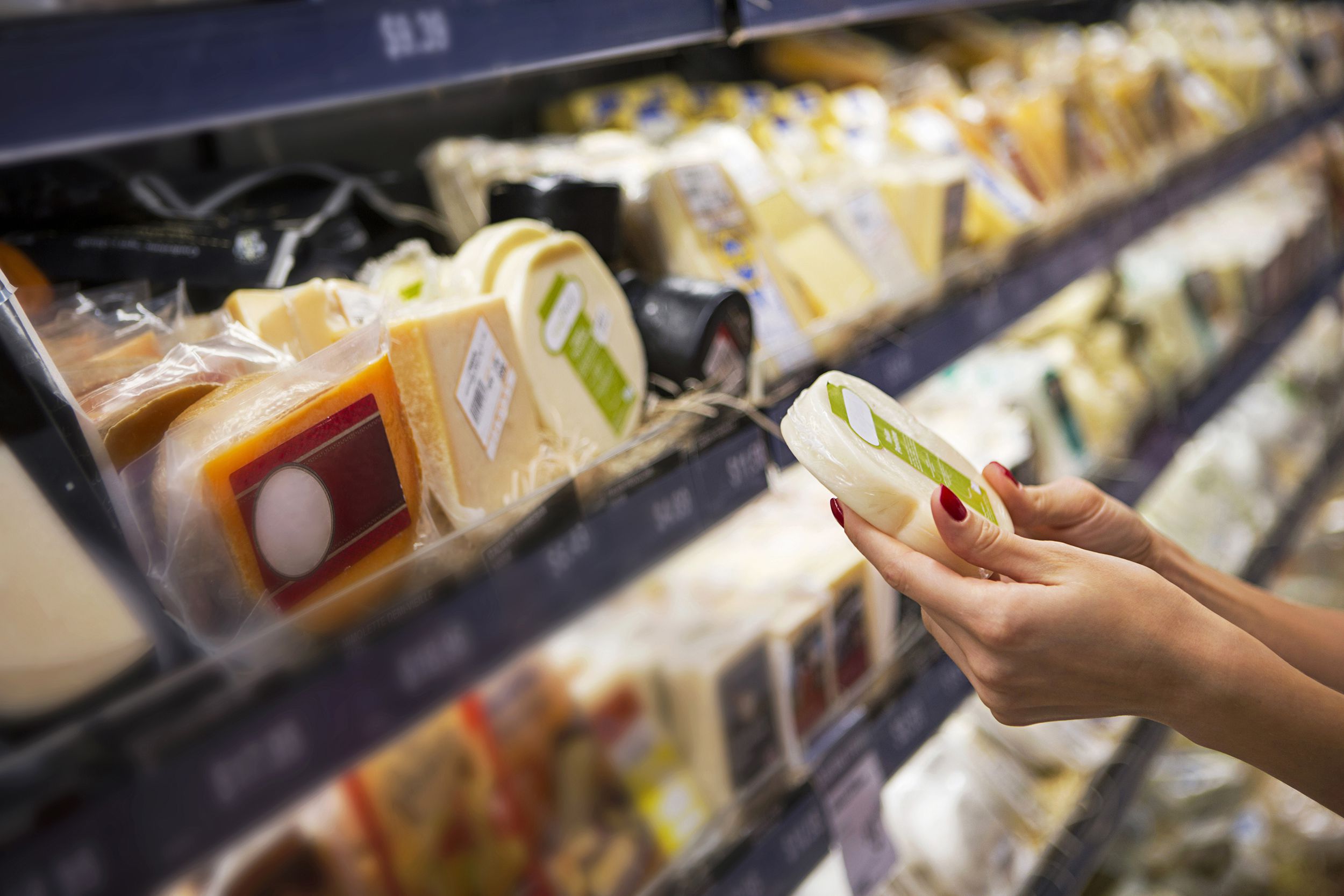
Every store has its specialty. One market may carry quality fruit and vegetables at bargain prices, while another offers good deals on meat. Tracking your spending for a month or two may help reveal which stores have the lowest prices on frequently used items.
Do the Math
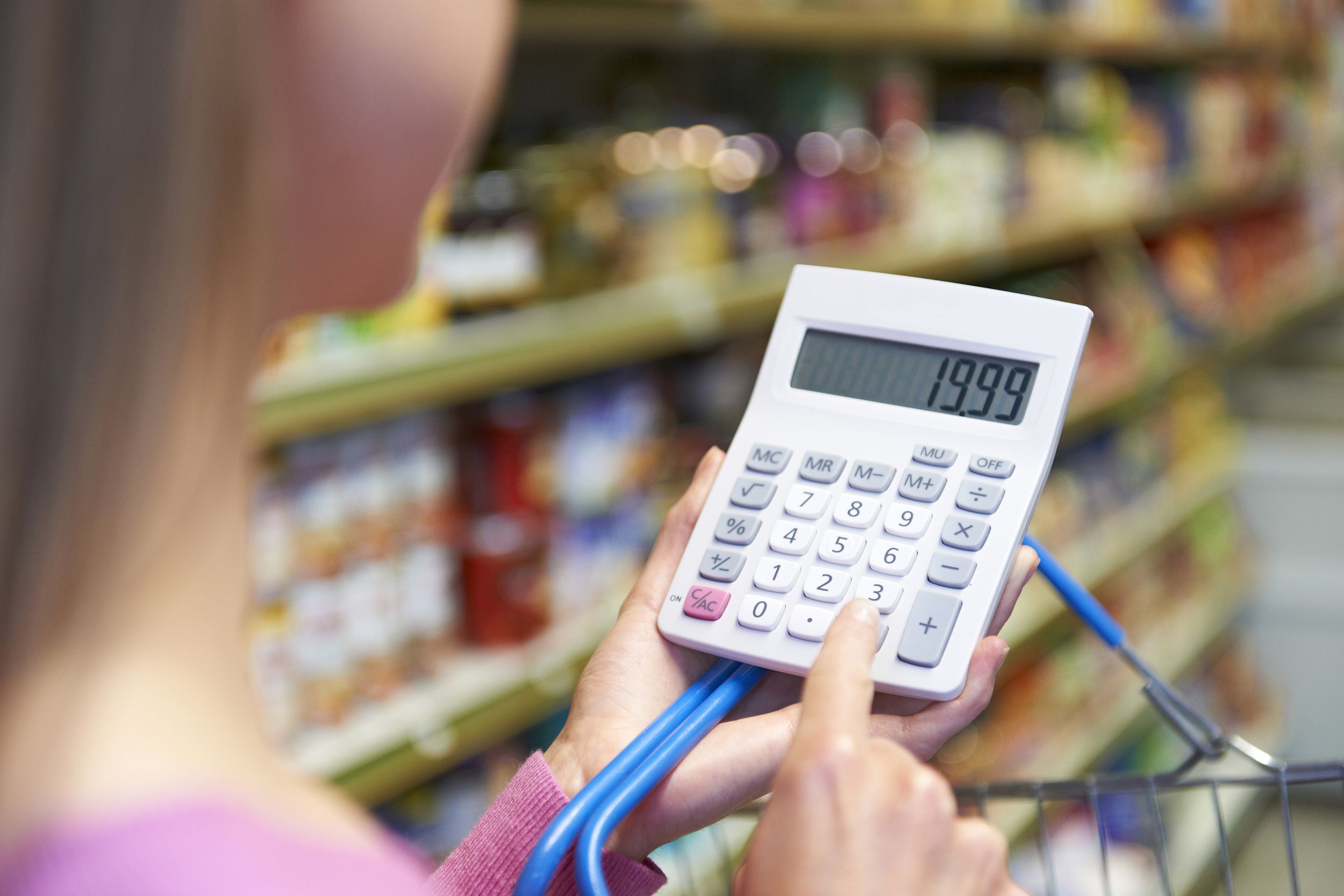
Stores rarely make it easy to compare prices from product to product, listing the cost per pound for one item and the price per ounce on another. Using a calculator — most phones have one — can make it easier to figure out which product is the best value.
Make a List and Stick to It
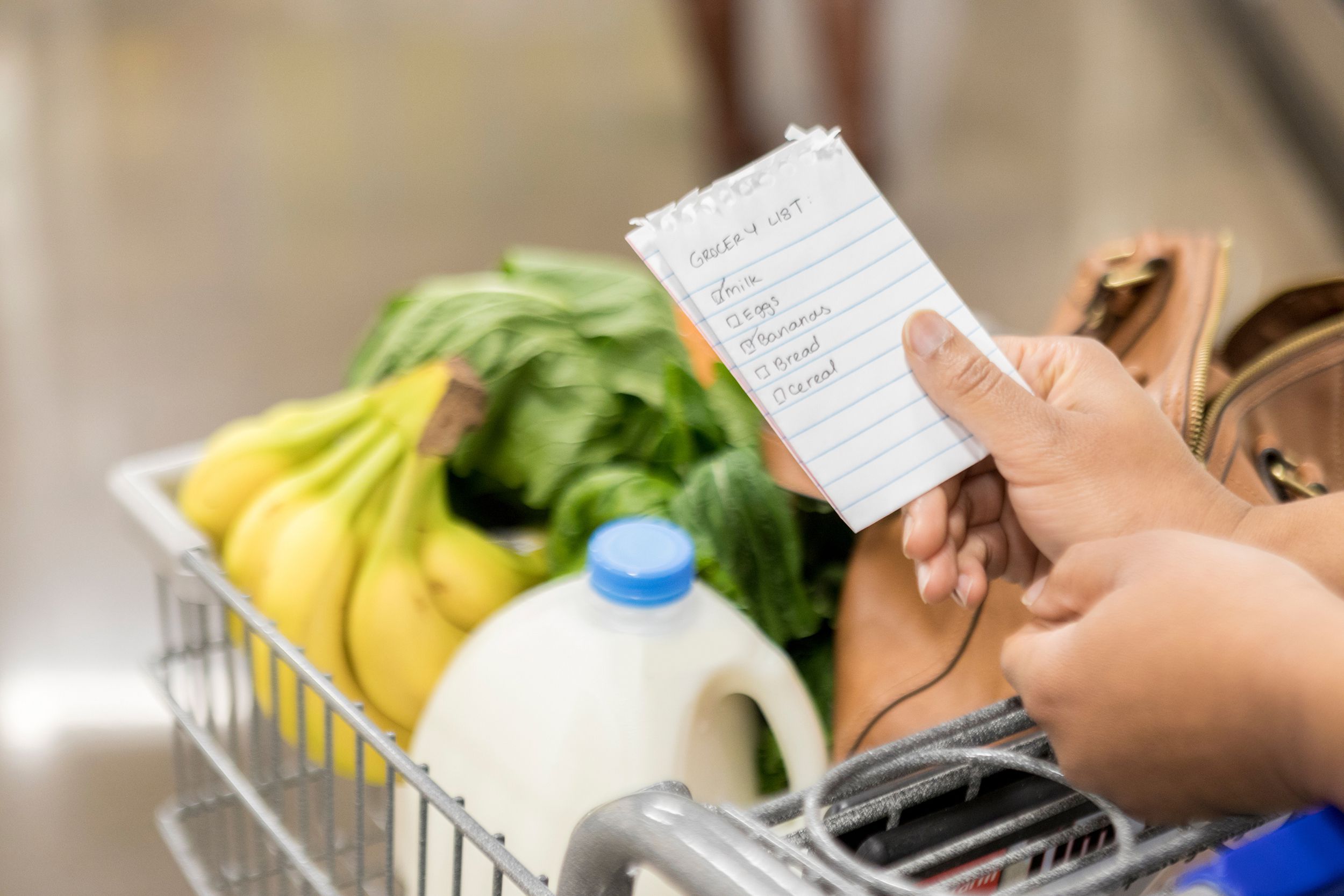
Shopping without a list can be chaotic and may result in a lot of impulse purchases. Sticking to a detailed list saves time spent cruising the aisles and money at the register.
Shop at International Markets

Specialty markets offer consumers in diverse neighborhoods a good source of low-cost staples such as rice, noodles, spices, fruits, and other ingredients popular within specific ethnic communities.
Look Up and Down
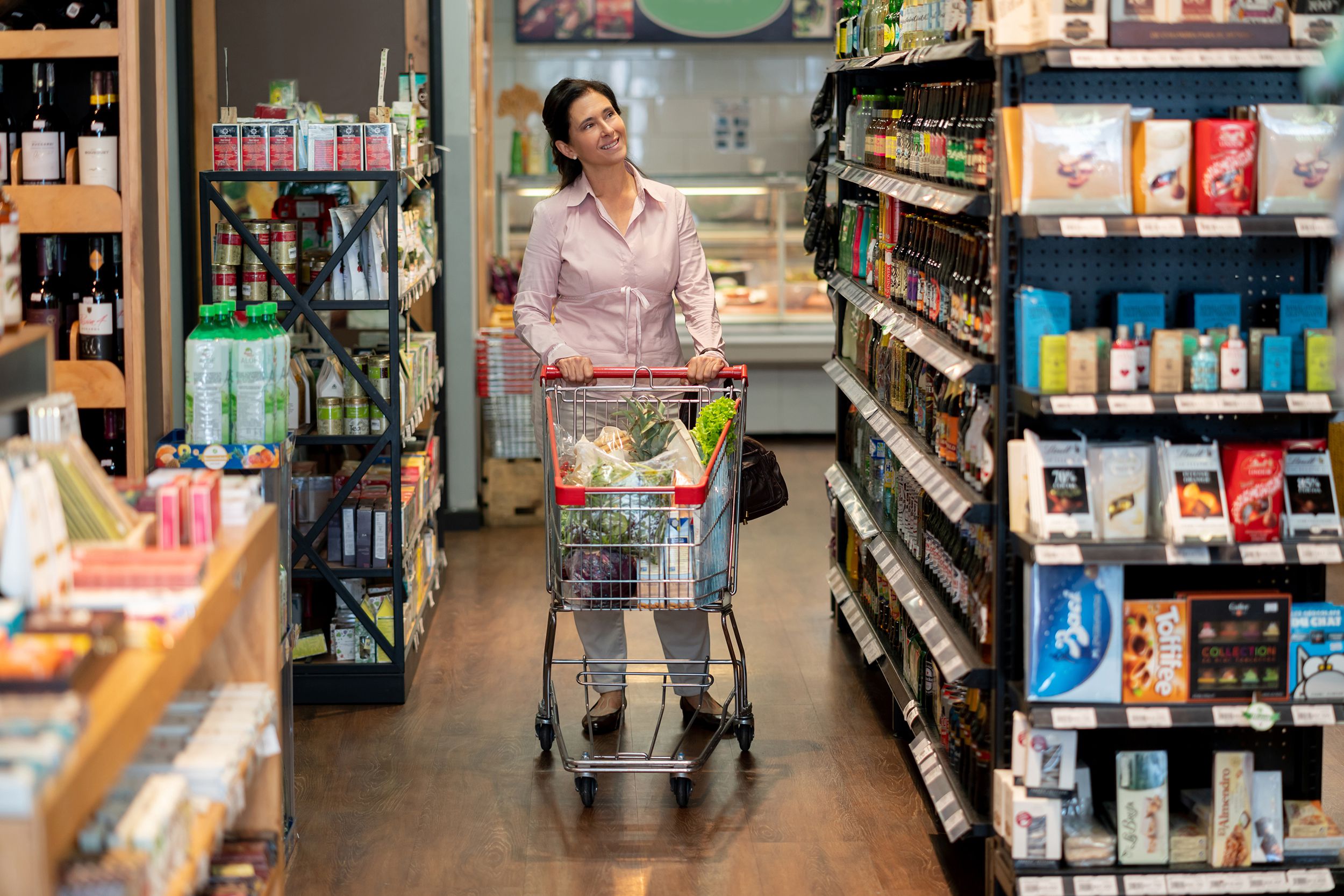
Grocery stores often strategically place the highest priced items at eye level. Take a look up or down to spot better deals on similar products.
Related: How Companies Trick You Into Spending More Money
Avoid Junk-Food Aisles

Steer clear of aisles packed with tempting foods that aren’t on the shopping list. That will ensure they don’t end up in the cart. Avoid the bakery and deli counter, too, if necessary.
Use a Basket
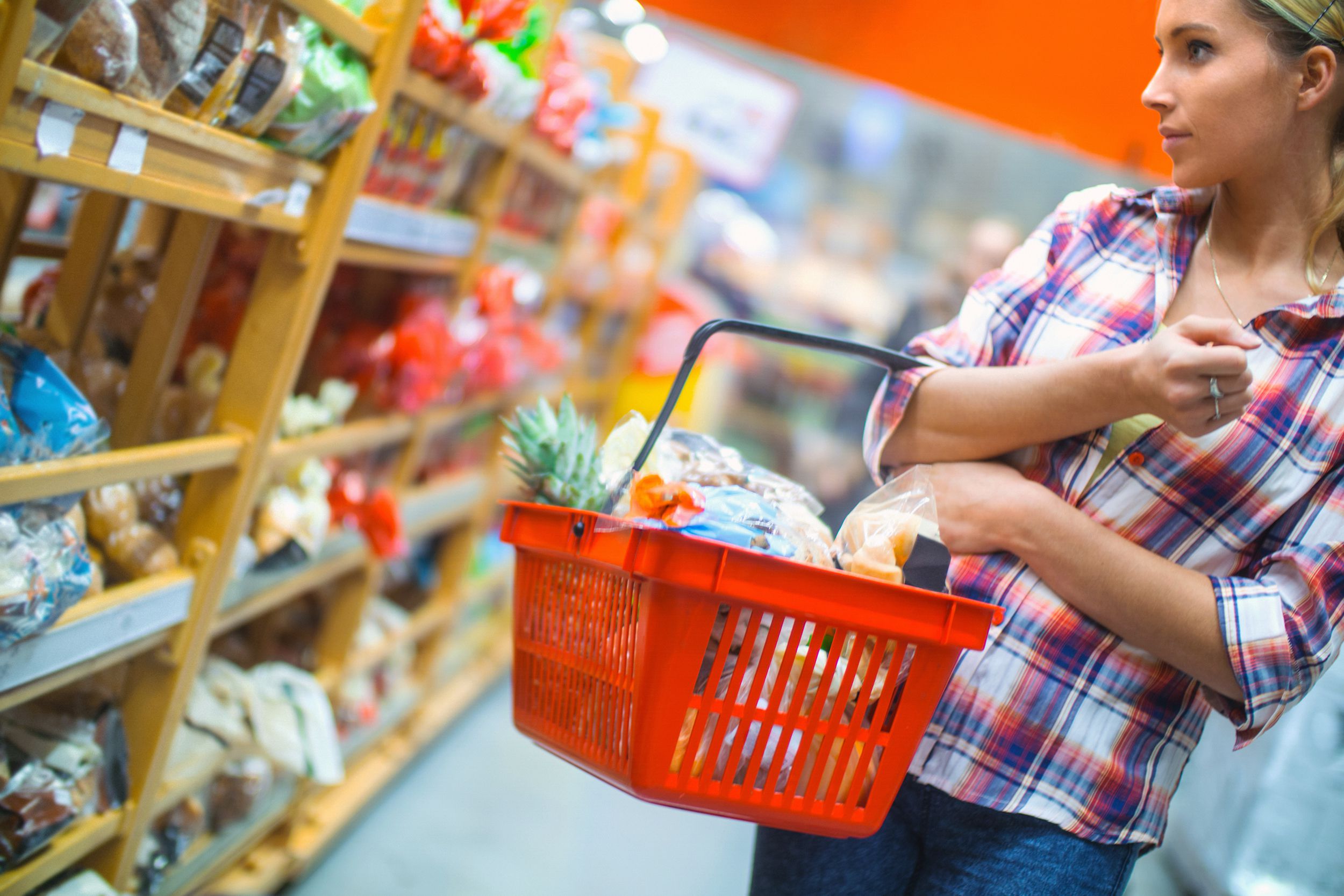
If the cart looks empty, it’s easy to assume you’re forgetting something, or might not have enough food for the week. To keep from buying extra items that weren’t on the shopping list, use a basket or smaller cart to focus attention on the essentials.
Don’t Shop Hungry
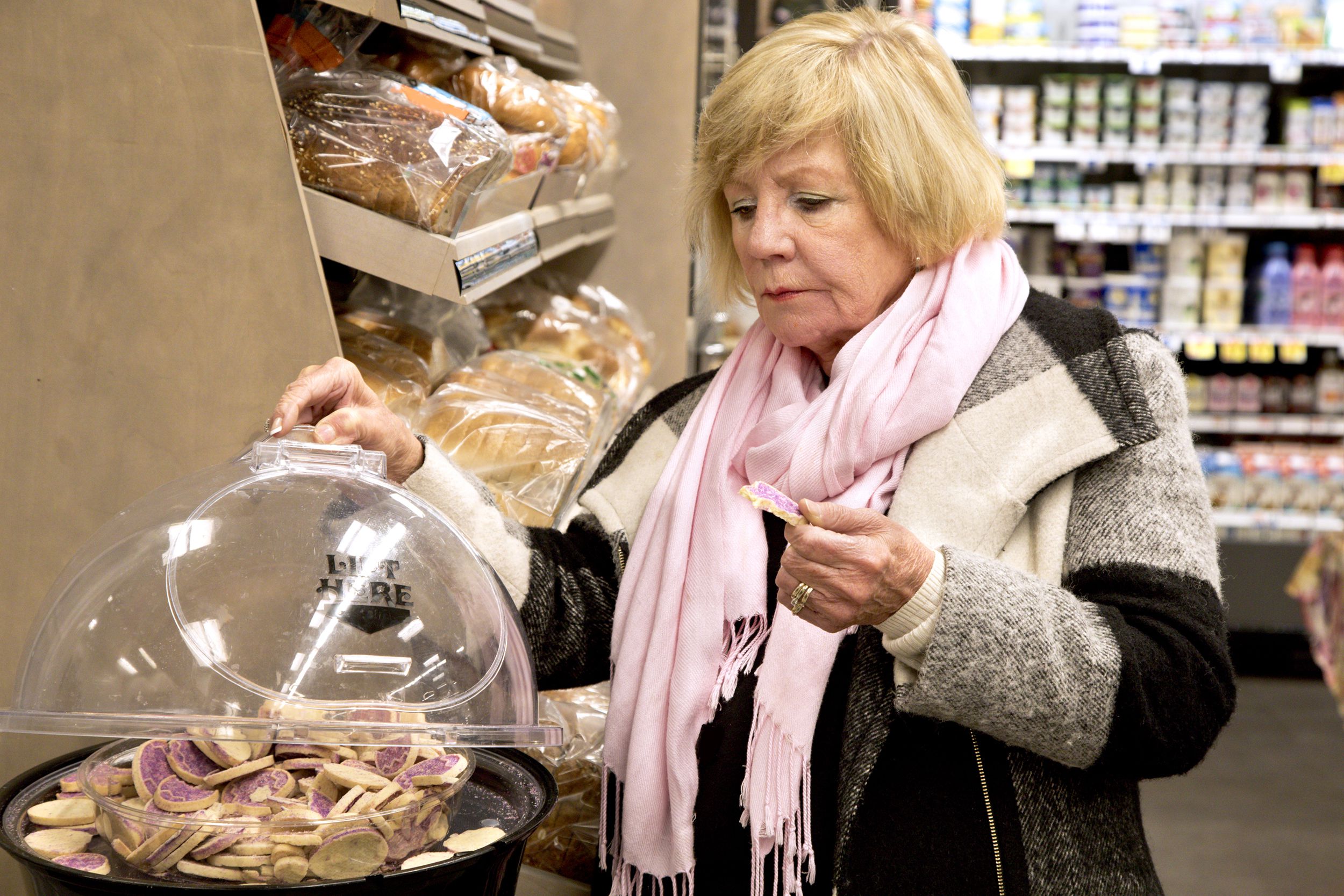
On an empty stomach, everything in the store seems appetizing, especially high-priced prepared foods and snacks. Eating just before going shopping can help you make smart and economical choices without being distracted by hunger pangs.
Leave Kids at Home

While it’s nice to get the entire family involved in meal preparation, shopping trips can be tedious with kids begging for expensive and unhealthy items. If they do come along, stick to a rule of only one extra item per shopping trip to set realistic expectations and not overspend.
BYOB

In many stores it’s now mandatory to bring your own bags or incur a fee per plastic or paper bag. Other stores offer a discount of a few cents for shoppers who bring bags. This money-saving habit is also good for the environment.
Bring Bulk Containers

Many stores offer inexpensive bulk goods, from dried beans and grains to shampoo. Bringing your own container eliminates fees associated with store-provided containers, especially for liquid items such as hair products and laundry detergent.
Use Cash-Back Apps
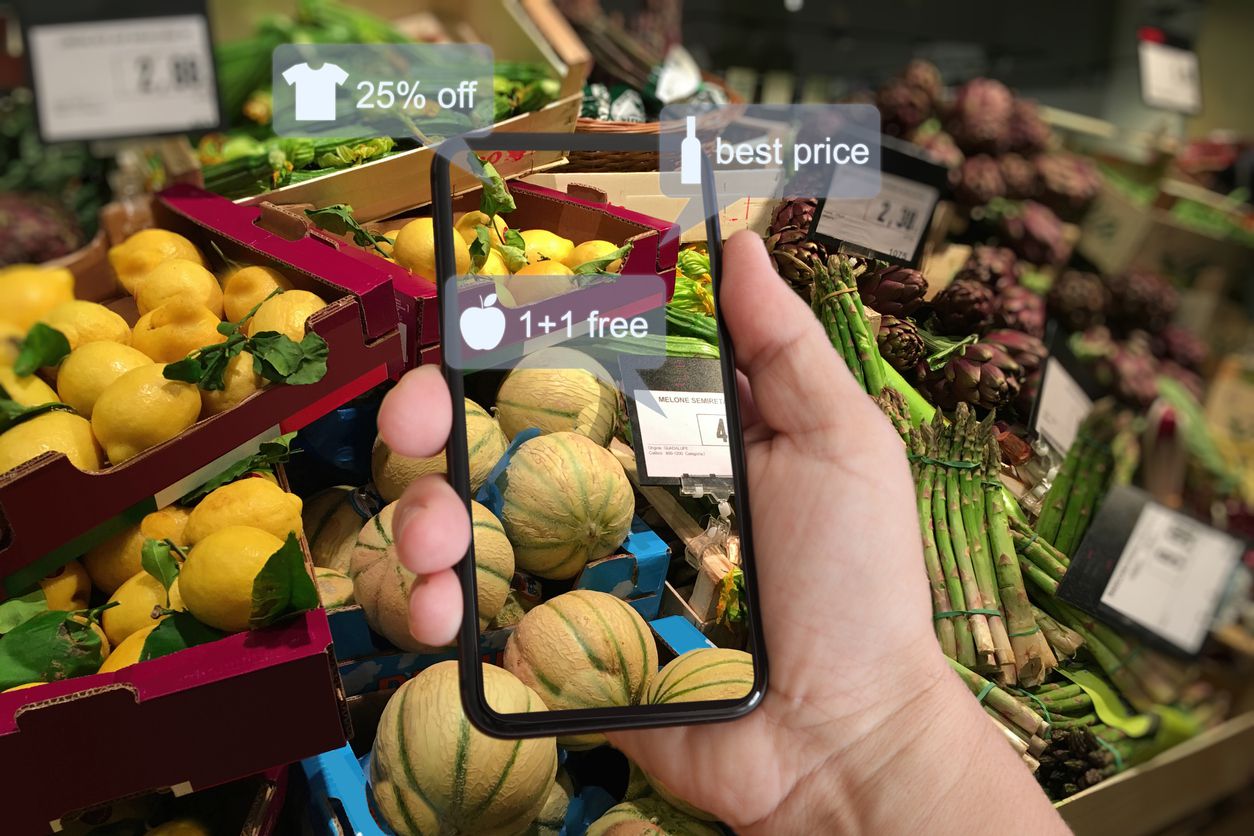
Smartphone apps such as Receipt Hog and Checkout 51 offer cash back and redeemable points on regular shopping trips. Simply shop and upload a photo of the receipt.
Use Store Apps

Large chains such as Giant Food and Safeway have apps that can help shoppers find discounts and sale items on the go without having to rely on a printed version of the weekly circular.
Buy Dried Beans
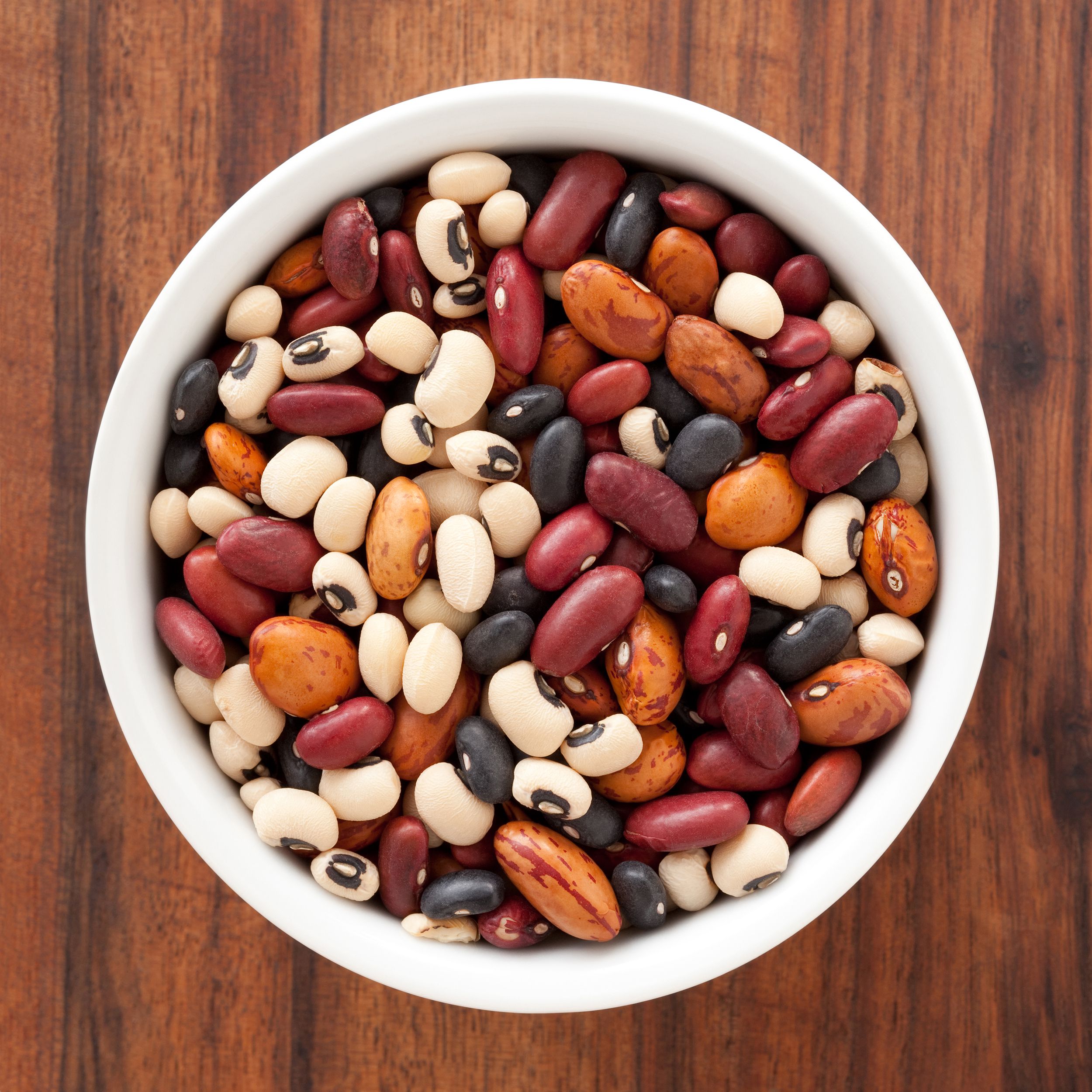
A lower price is just one of the many benefits of buying dried beans instead of pre-cooked canned beans. Dried beans last longer on the shelf than canned beans while taking up less space. They yield a better texture when cooked and come free of additives such as salt and chemical preservatives.
Return Bottles

Does your state require deposits on plastic and glass bottles? Instead of tossing them into the recycling bin, collect them in a reusable shopping bag and return them for a refund on the next trip to the store.
Peruse Blemished Produce

Stores often have a section where bruised and overripe produce is sold at clearance prices. These fruits and vegetables work just fine in sauces, pie fillings, stews, and smoothies. Consider signing up for an “ugly produce” delivery service such as Imperfect Foods or Misfits Market if it’s cost effective and delivers in your area.
Don’t Be Deterred by Expiration Dates

There are no federal laws governing the sale of expired food (except baby formula), but no store wants to sell food past its recommended date. Shoppers can get discounts even on shelf-stable goods such as pasta, dried soup mixes, and canned sauces with looming expiration dates. These are often fine to use weeks or even months after the date on the package has passed.
Join a Warehouse Club
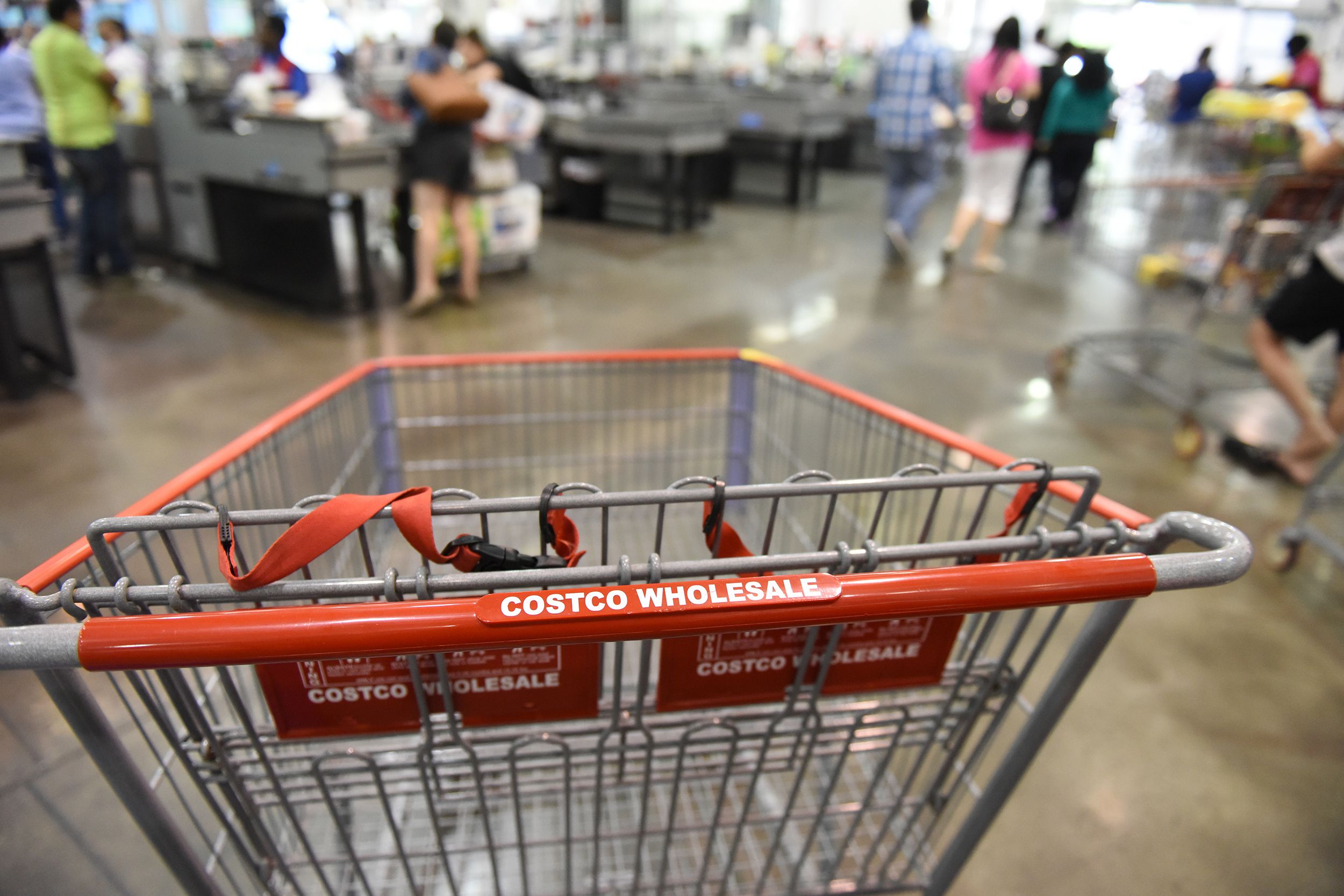
An annual membership to a warehouse club such as Costco, Sam’s Club, or BJ’s costs $60 or less but offers wholesale pricing on many staples. If used regularly for household items such as paper products, grains, and cooking oil, membership can bring big savings.
Use a Rewards Card
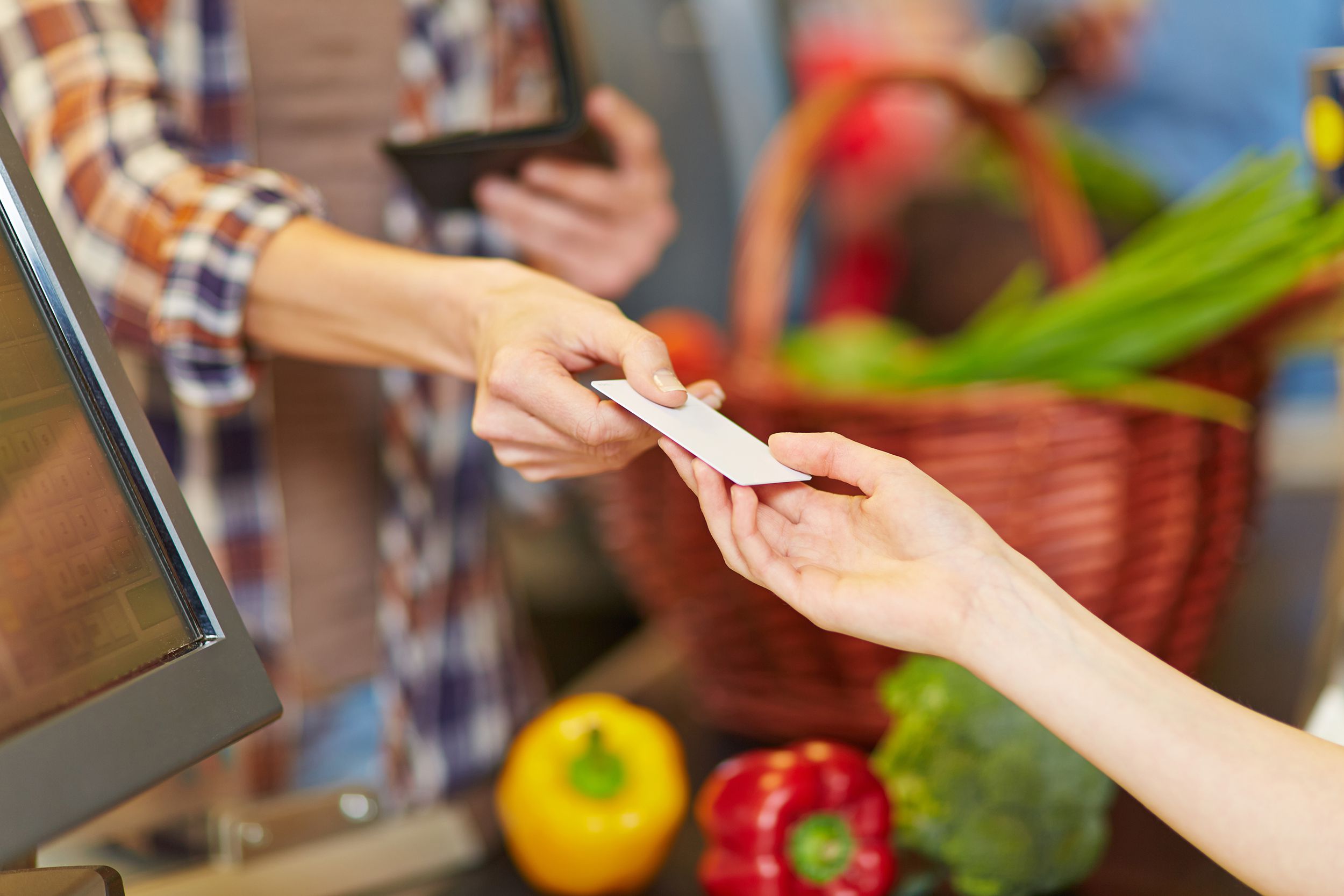
Many credit cards have rewards programs that award extra points or cash back for grocery purchases. Use one every time you’re at the supermarket to make the most of the dollars spent.
Join AARP

You can become an AARP member at any age for $16 a year. Along with many other benefits and savings opportunities, the organization offers coupons and discounts on grocery items.
Choose Whole Foods
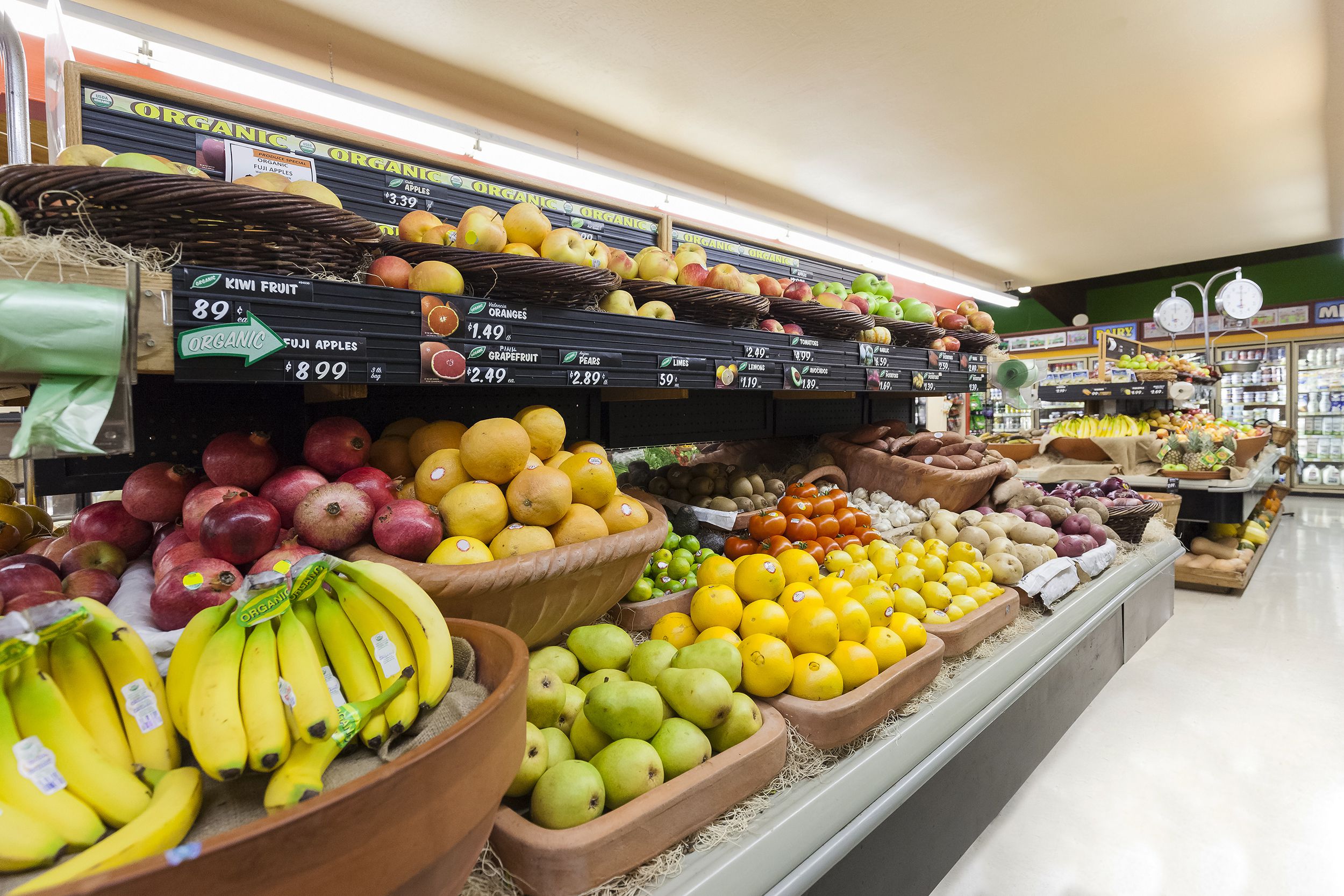
Foods with less processing, such as whole fruits and vegetables, offer a lot of nutrition per serving and cost less than their chopped and packaged counterparts. Even when using organic produce, a whole-food diet can be less costly than relying on processed foods.
Avoid Prepared Foods
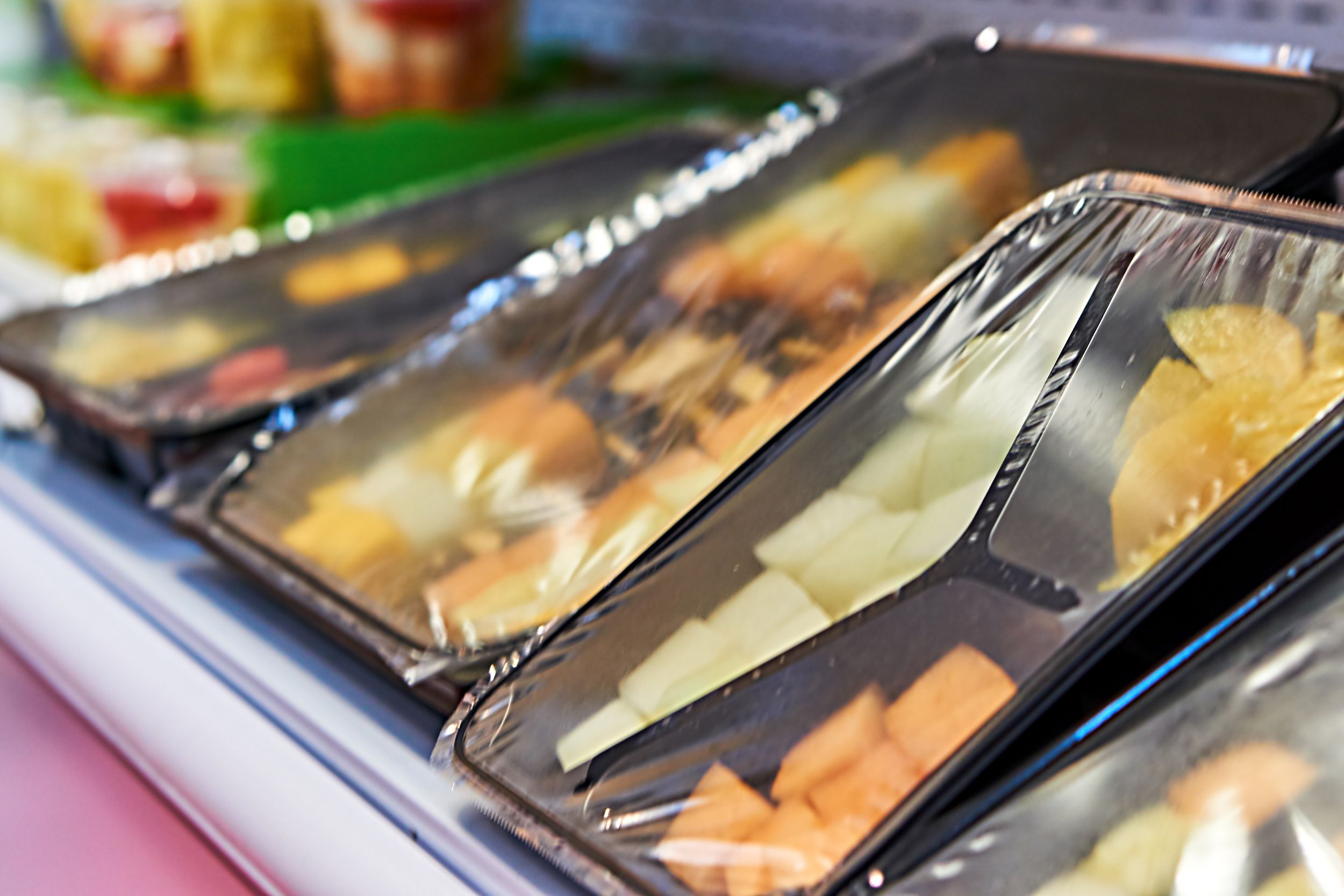
The prices of ready-to-eat salads and sandwiches, and even frozen pizzas, reflect the labor that went into their preparation. The same dish made from the same quality ingredients costs less to prepare yourself.
Related: How to Eat Healthy on a Budget
Review Receipts
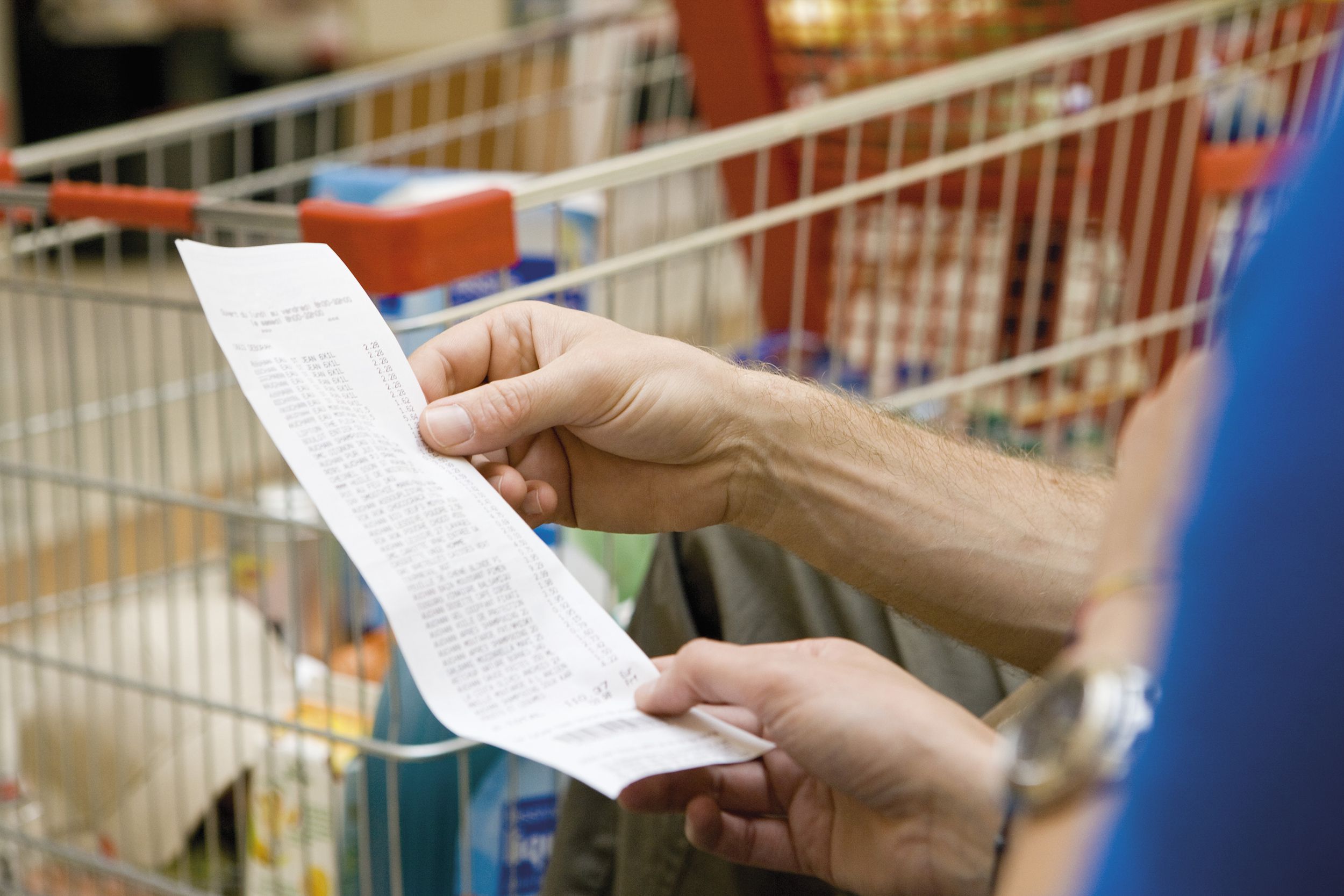
After checking out, be sure to review the receipt for any mistakes, such as an incorrect price or being charged twice for the same item, that may have added extra dollars to the grocery bill.
Avoid Non-Grocery Items

Although grocery stores carry household products such as shampoo, lotion, and over-the-counter medicine, those items are often less expensive elsewhere. When shopping at the supermarket, stick to food for the best prices.
Do the Prep Yourself

Buying pre-cut veggies, pre-washed greens, or ears of corn that already have the husks removed may save a few minutes in the kitchen, but that convenience will cost you. Slice and dice produce yourself instead of reaching for ready-to-go packages.
No Loyalty Card? No Problem
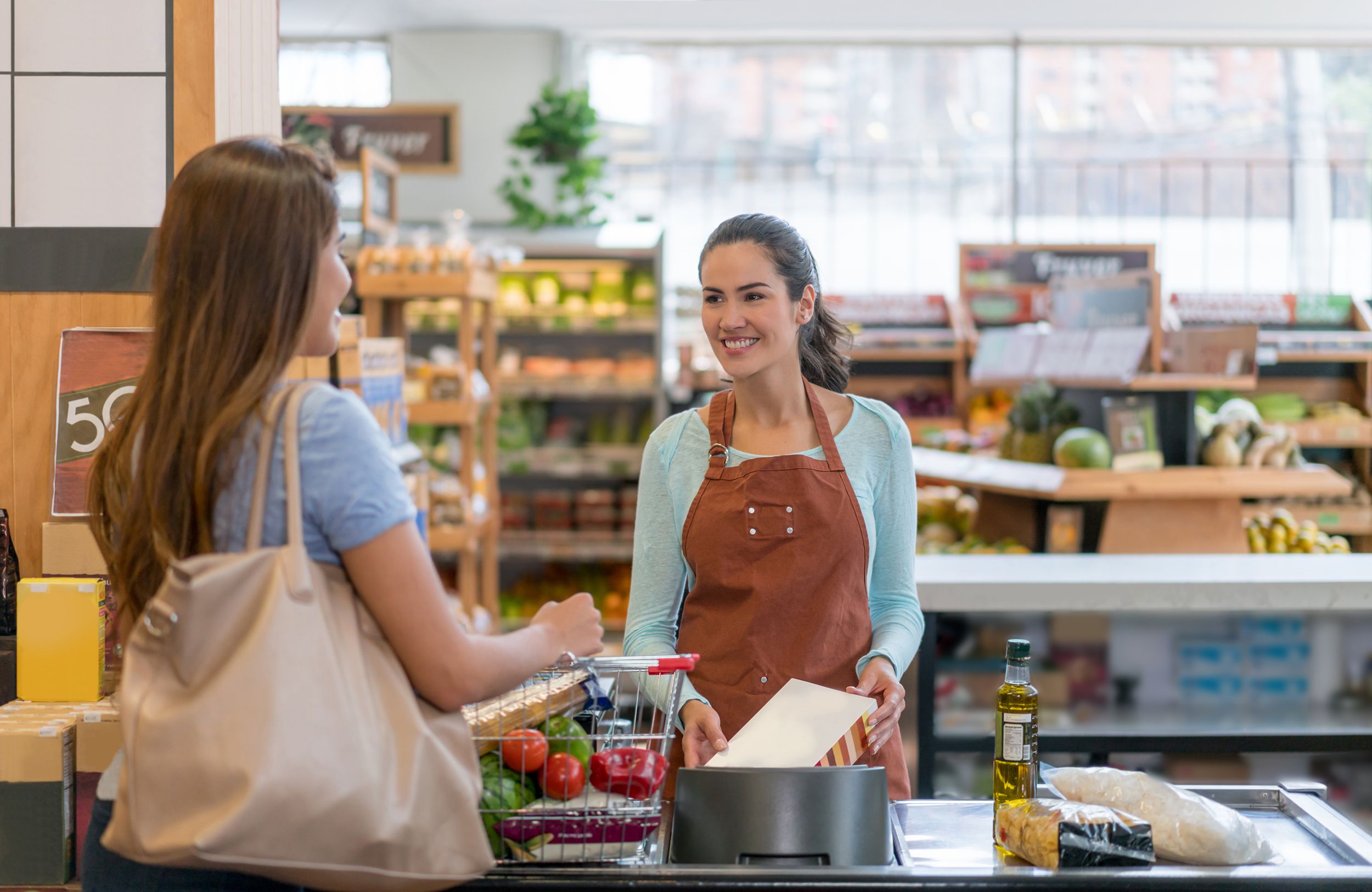
Many stores have free loyalty programs that offer members extra savings. When out of town or shopping at a unfamiliar chain, ask the cashier to swipe their own store card to apply available discounts. Many checkers are happy to comply.
Make Fewer Runs to the Store
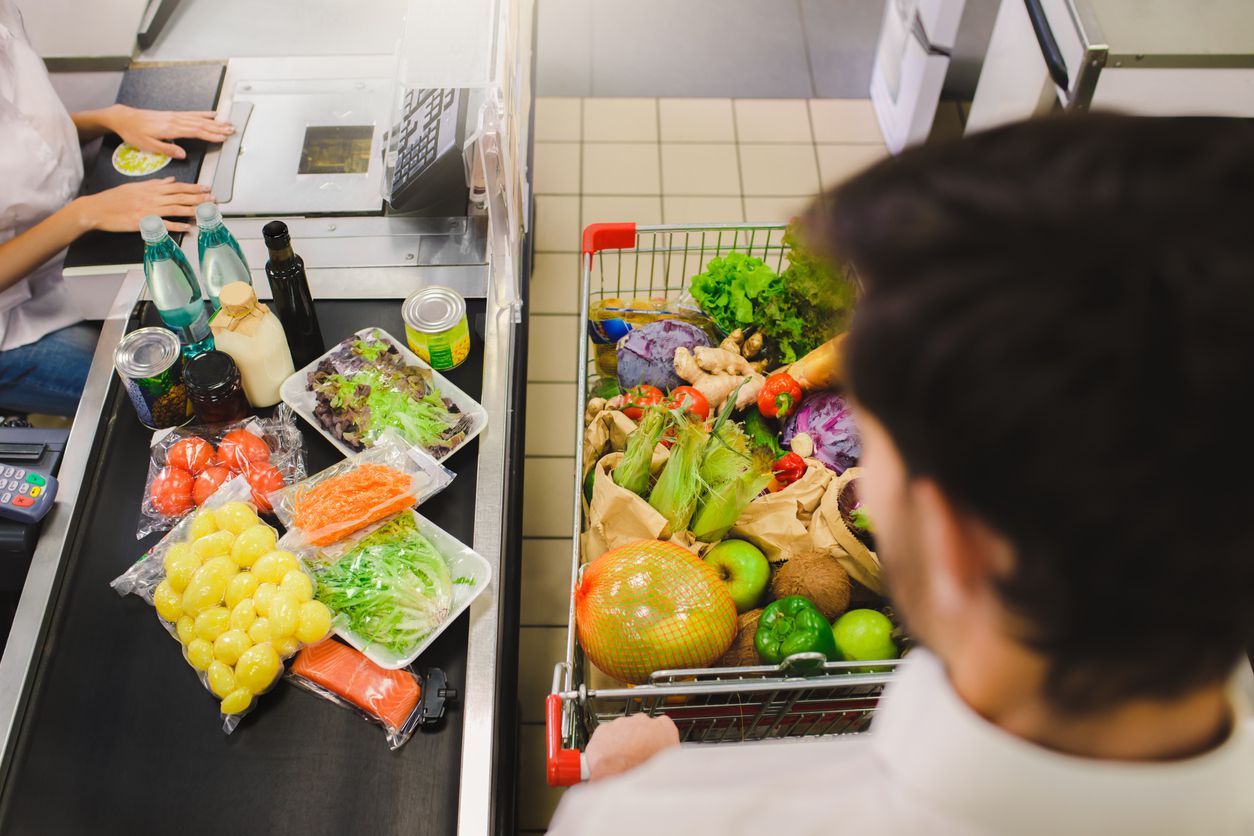
Every trip to the grocery store is an opportunity to buy unneeded items. Instead, focus on using what’s on hand and getting the most out of every item. This saves gas, too.
Look for the Latest Expiration Date

Checking for the expiration date that’s furthest away will help reduce waste, especially when buying in bulk. Don’t be afraid to reach to the back of the shelf to find products with a later date.
Return Spoiled Food

Sometimes a packet of cheese or a bag of lettuce is past its prime, even though it is within the expiration date. Don’t hesitate to take it back to the store and exchange it for a product in good condition or get a refund.
Weigh Produce
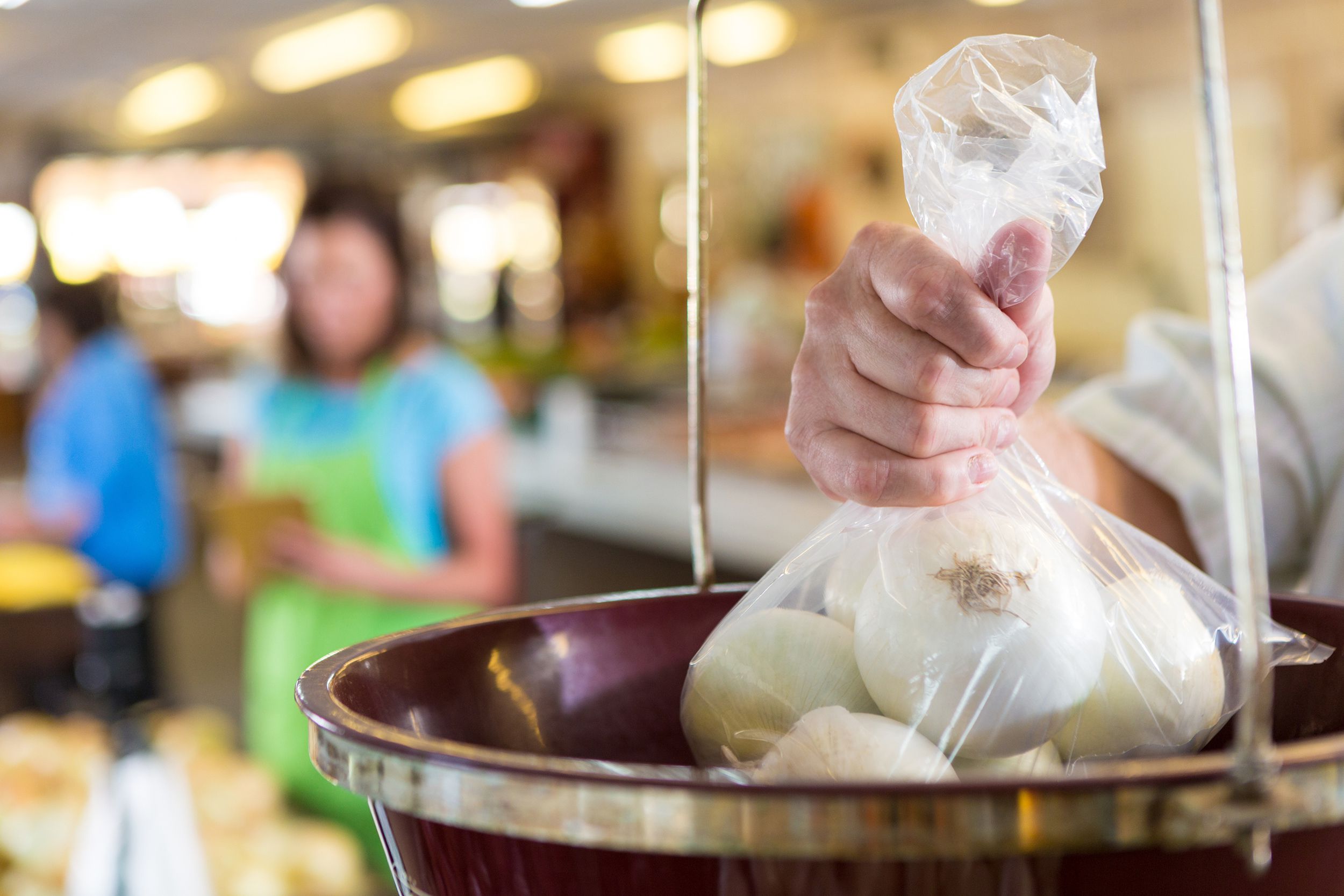
Most stores still have scales in the produce section that allow customers to weigh fruits and vegetables. Checking the weight before checking out can take the guesswork out of the cost and help keep you on budget.
Buy Cold Cuts From the Deli
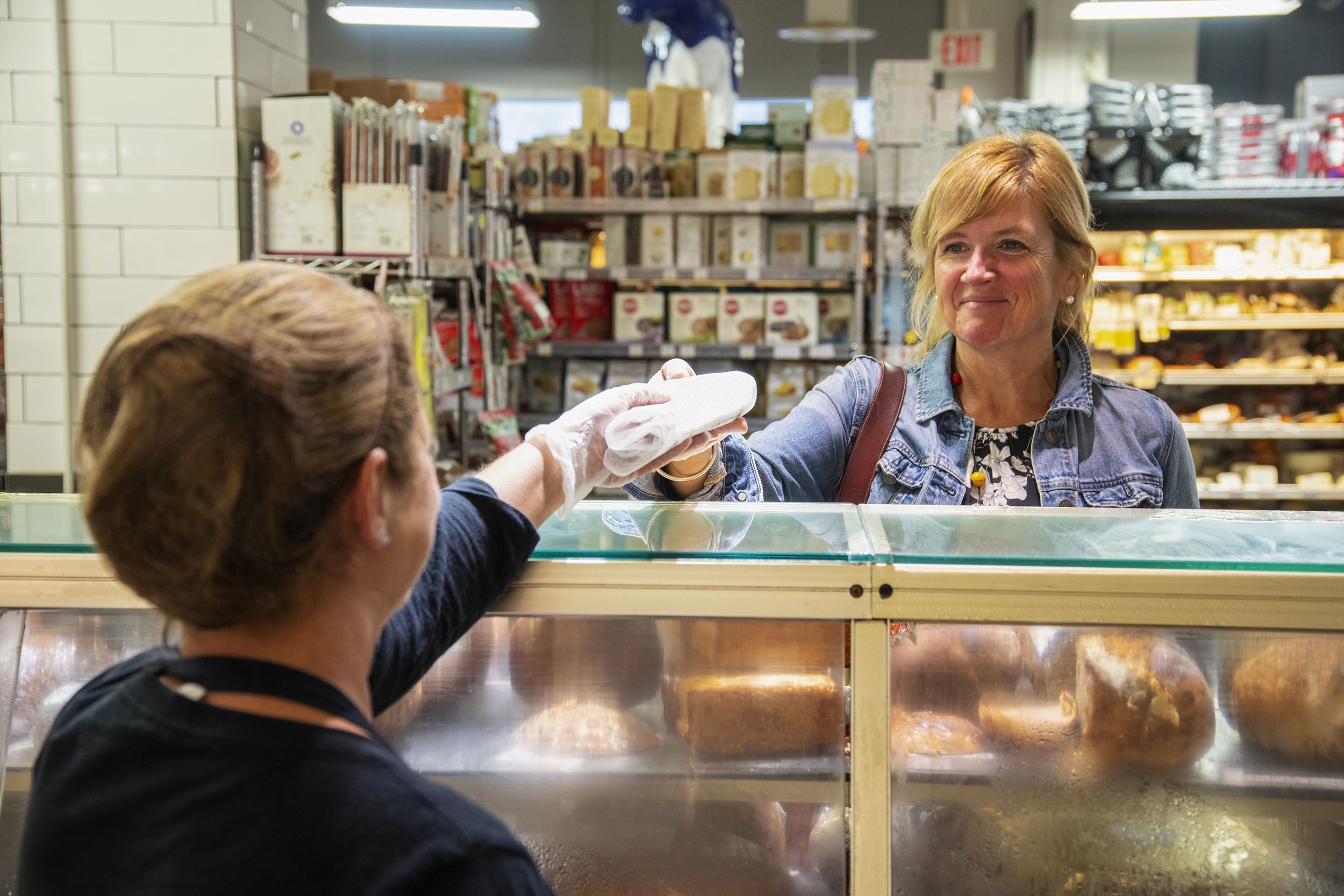
The deli counter usually offers the lowest prices on cold cuts because the store buys the meat in bulk, passing on the savings to customers. Prepackaged cold cuts come with the added price of the packaging, plus the labor that goes into the packaging.
Buy Larger Cuts of Meat and Whole Poultry

Buying whole birds and large cuts of meat can yield the same amount and quality of meat for less money. Learning how to do some light butchering and cook with whole poultry can save money and add confidence in the kitchen.
Avoid End-of-Aisle Displays
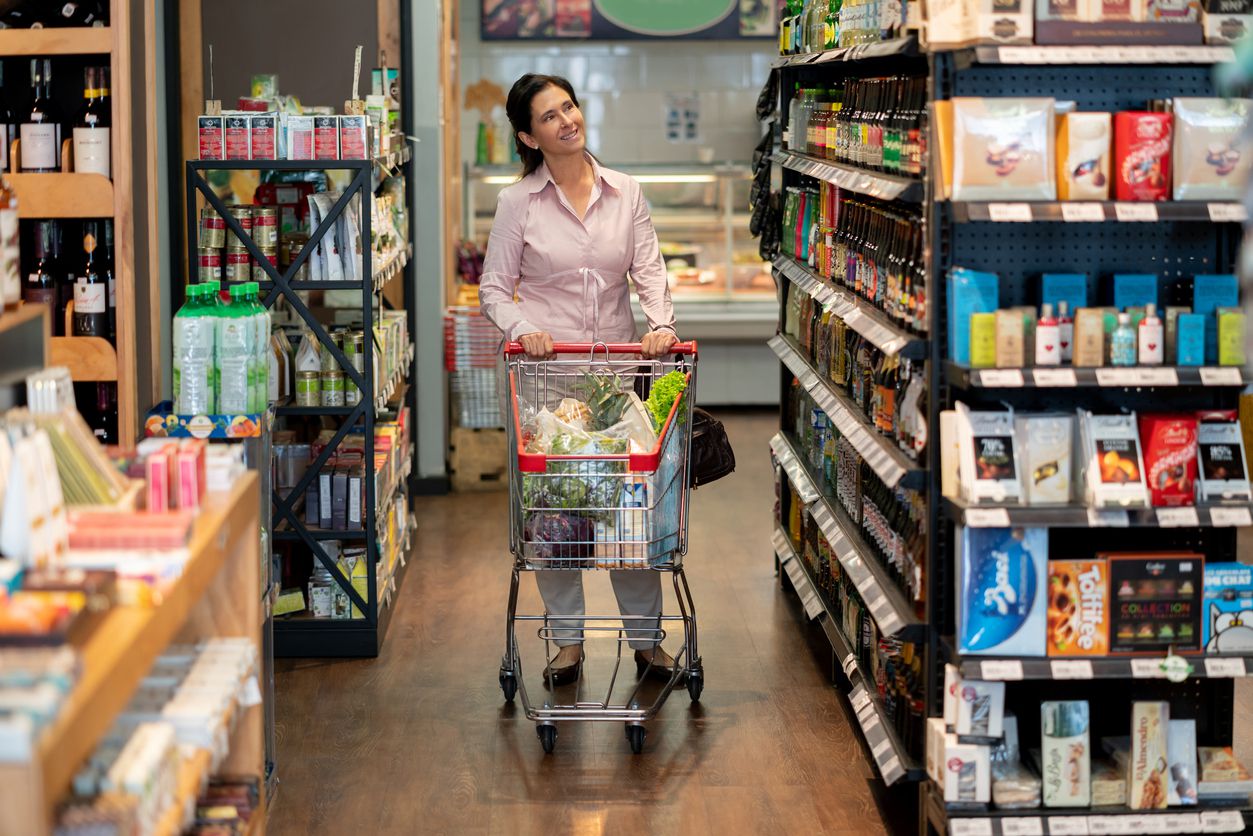
Large and colorful displays are designed to attract buyers to something they might not otherwise buy. Sometimes the items are on sale, but typically the displays market brand-name products best avoided when trying to save.
Don’t Buy Water

Bottled water is more expensive than tap water, and even buying gallon jugs can add significantly to a grocery bill. If the quality of tap water is an issue, consider using a water filter or buying 5-gallon jugs to refill during each trip to the store.
Buy Bagged Potatoes and Onions
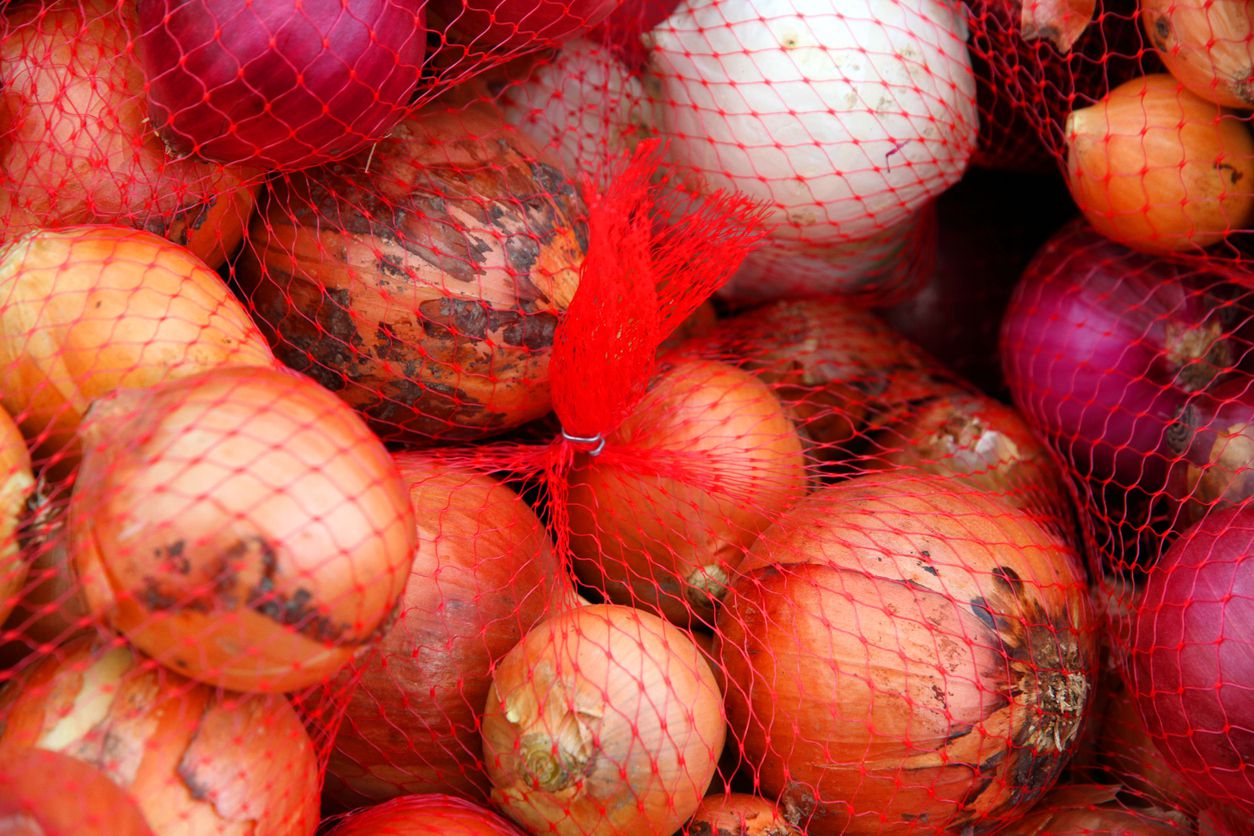
Buying pre-bagged potatoes and onions is often a better value than buying the same varieties loose.
Related: Celebrate Spuds With 27 Tasty Ways to Cook Potatoes
Buy Blended Oils for Cooking

Shoppers can save by reserving pricier virgin oils for dipping, dressings, or recipes that call for them — where flavor matters. For sautéing, frying, and baking, use less expensive blended oils.
Avoid Individually Wrapped Portions
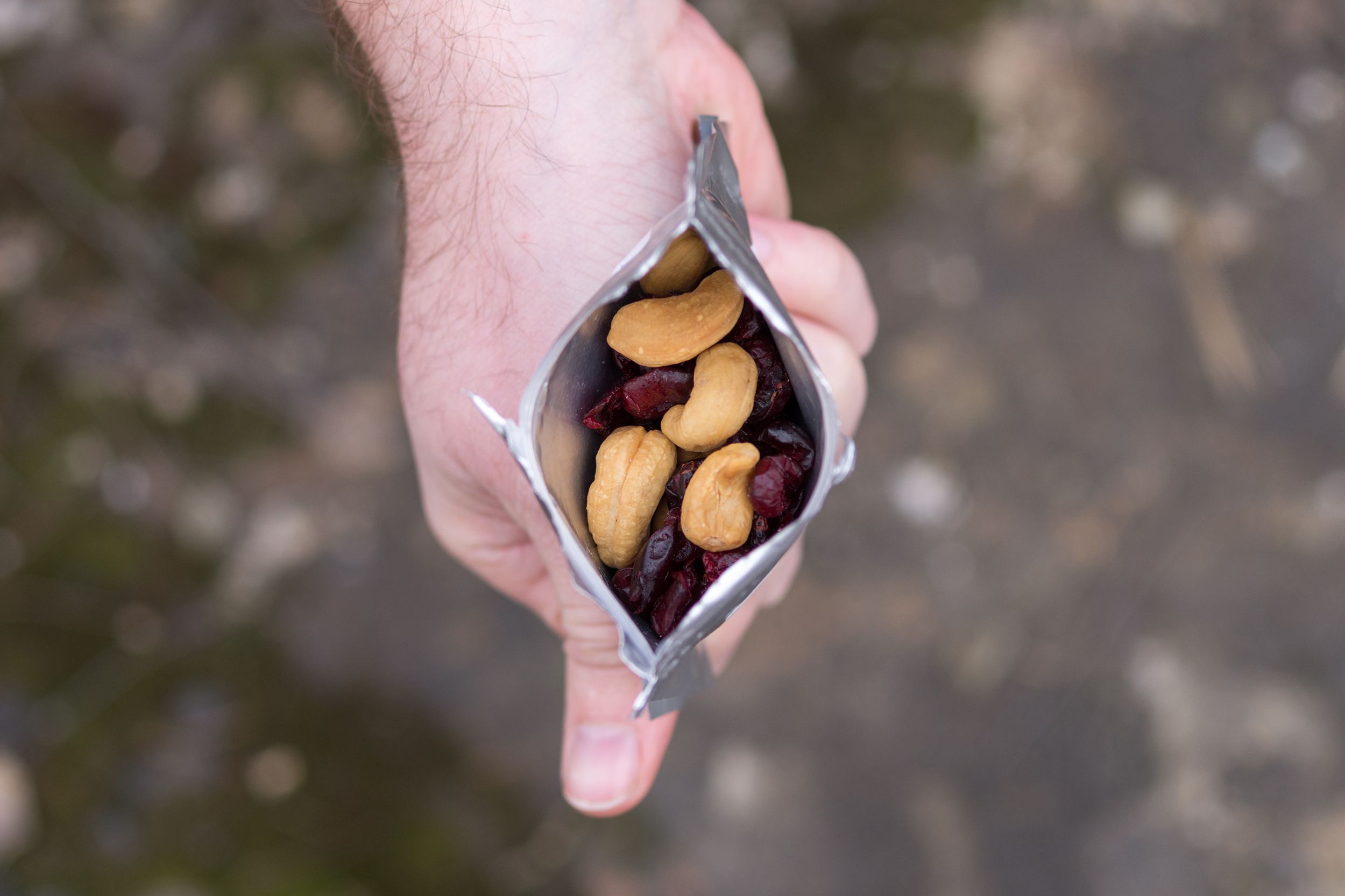
Even when buying in bulk, items that come individually wrapped typically cost more, in part because of the extra packaging. Rather than buying individually wrapped cookie packs, use your own snack-size bags to package cookies from a larger bag or box.
Claim Mail-In Rebates

Take advantage of rebate offers, which typically require mailing in a proof of purchase to get money back. Companies offer attractive discounts to encourage people to buy, then count on most not following through on the rebate. Those who do reap the benefit.
Seek Out Cheap Alternatives
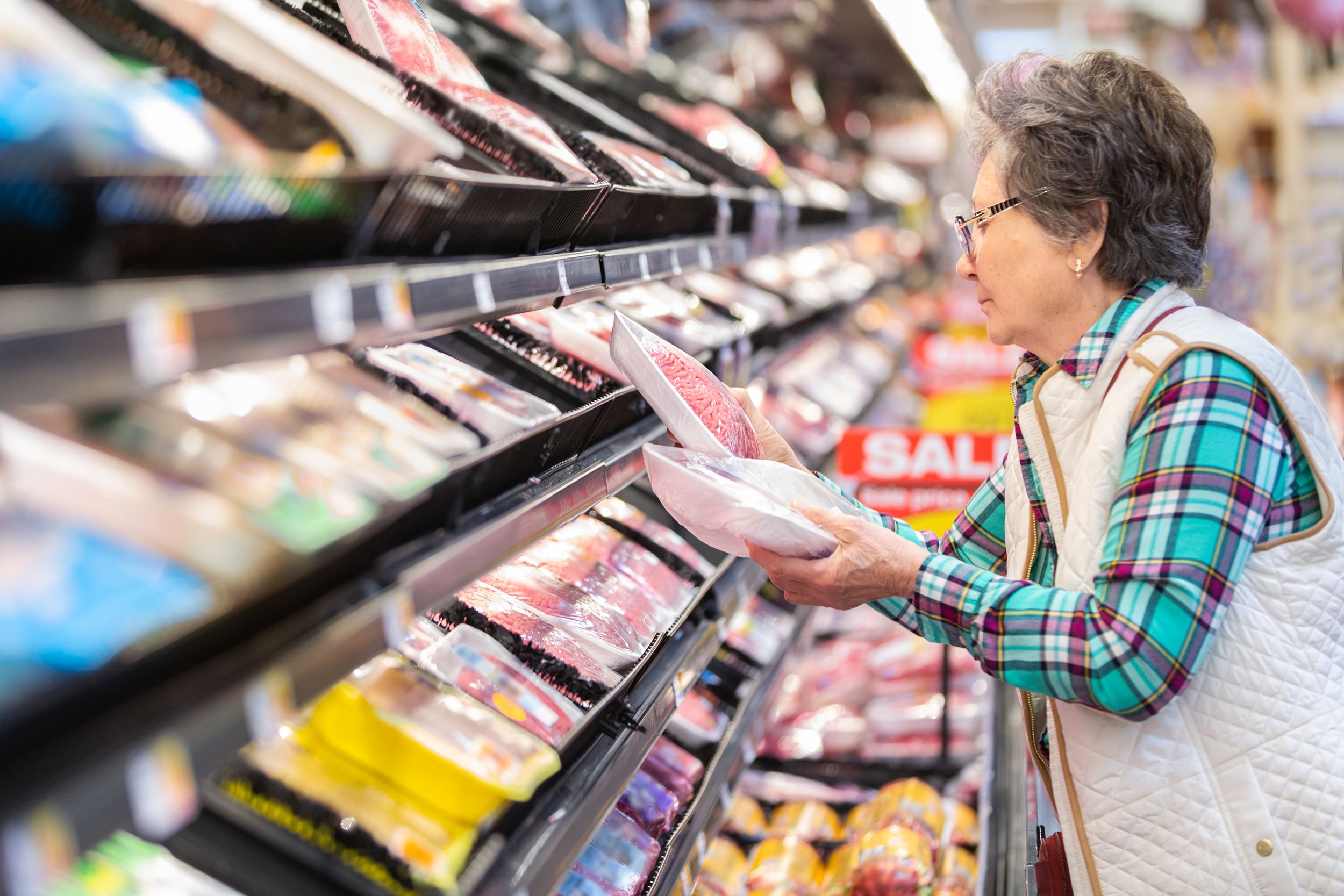
If you find yourself buying a high-cost item regularly — such as a choice cut of beef for fajita night — experiment with similar, cheaper items to see if one of them works just as well or better.
Shop Seasonally and Locally
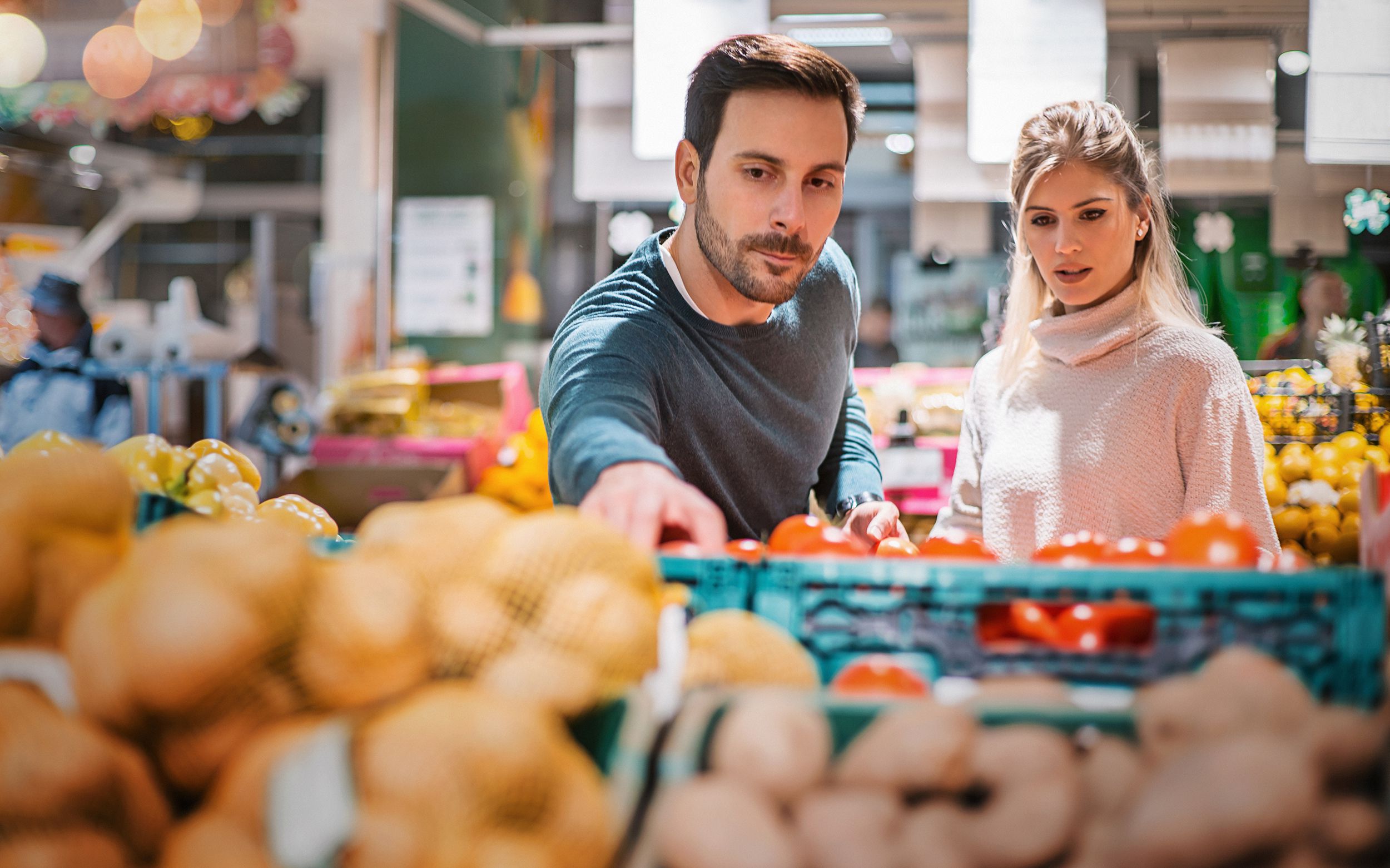
Out-of-season produce has to travel from far away, and shipping costs get passed on to the consumer. Many fruits and vegetables have a short season during which they are inexpensive and readily available. While the supply is plentiful, stores lower prices to move their inventory of perishable products.
Related: How Shopping Local Can Save You Money
Buy Plants Instead of Fresh Herbs

Herb plants such as basil rarely cost more than twice their one-use, prepackaged counterparts. This renewable source of herbs pays for itself in no time, especially when considering that fresh herbs are some of the most expensive items pound for pound.

